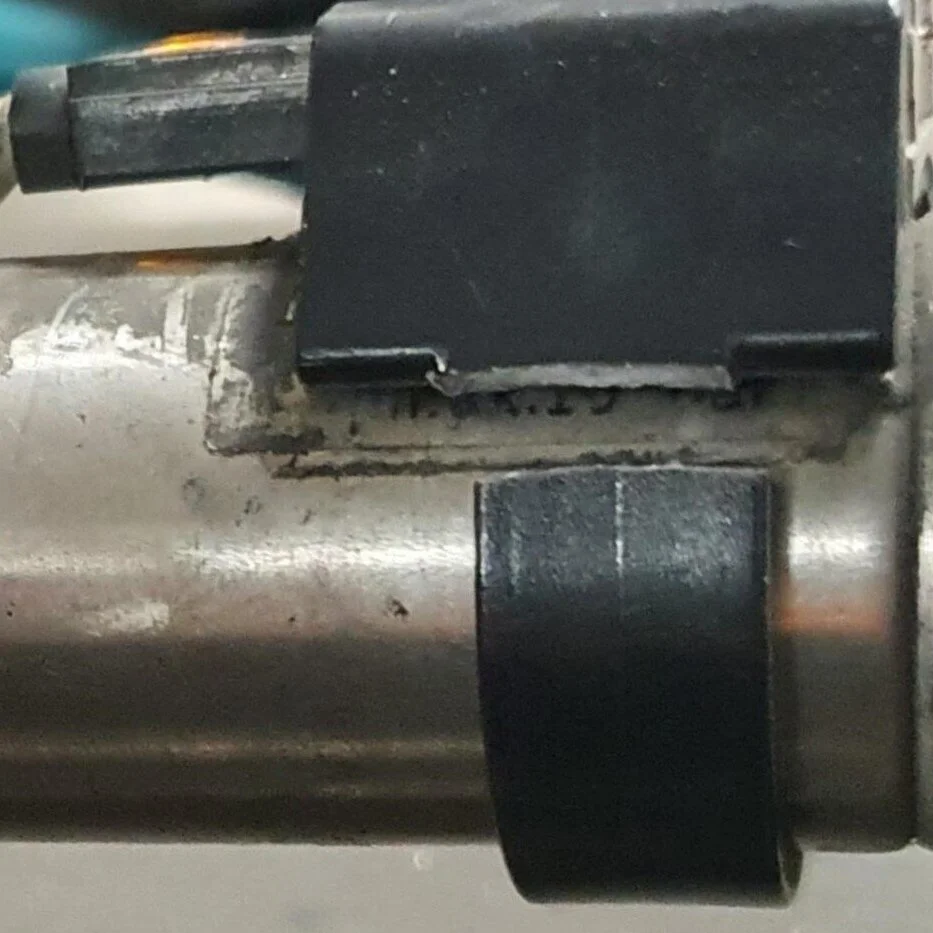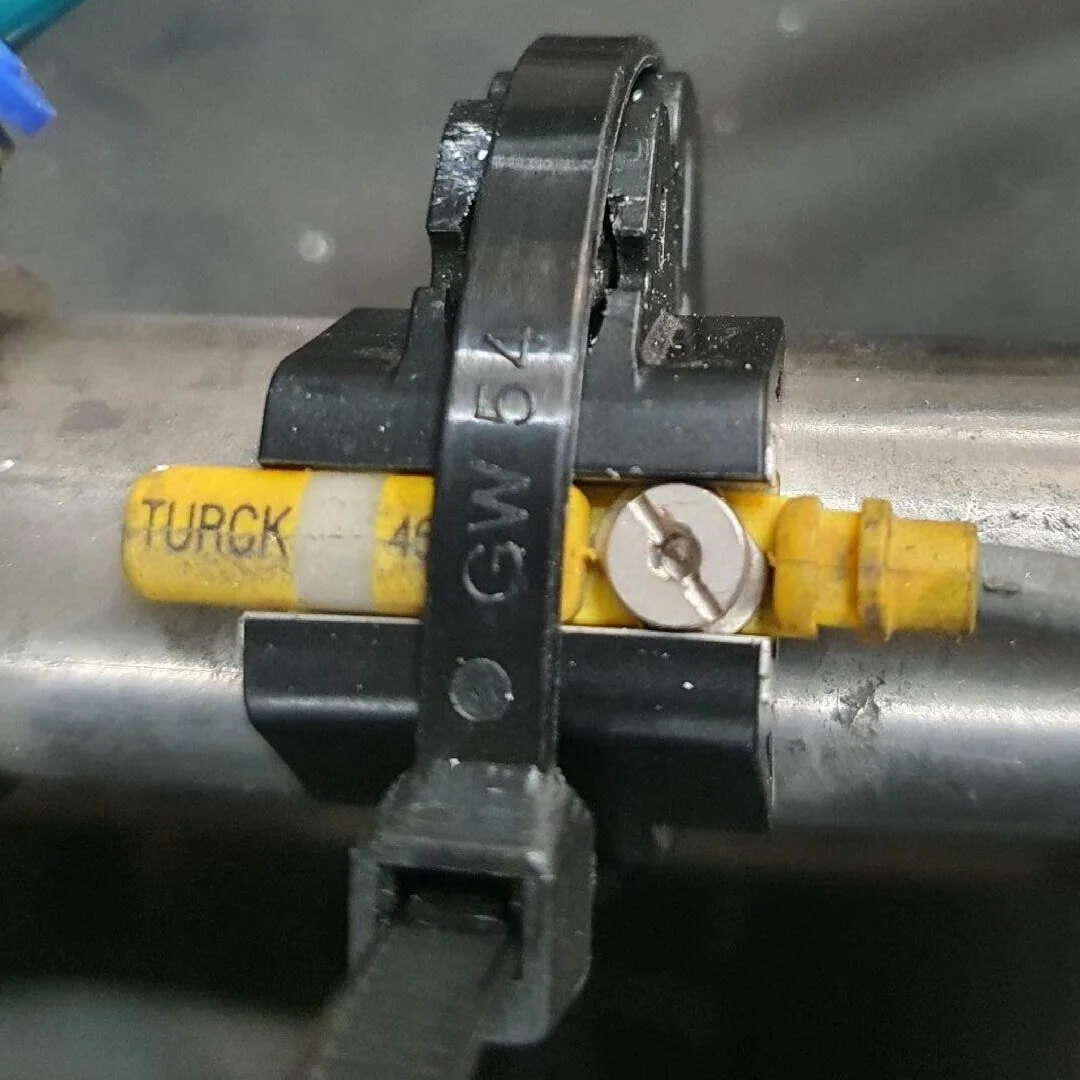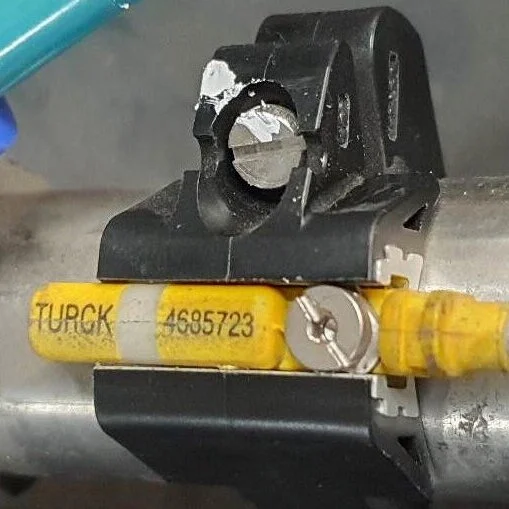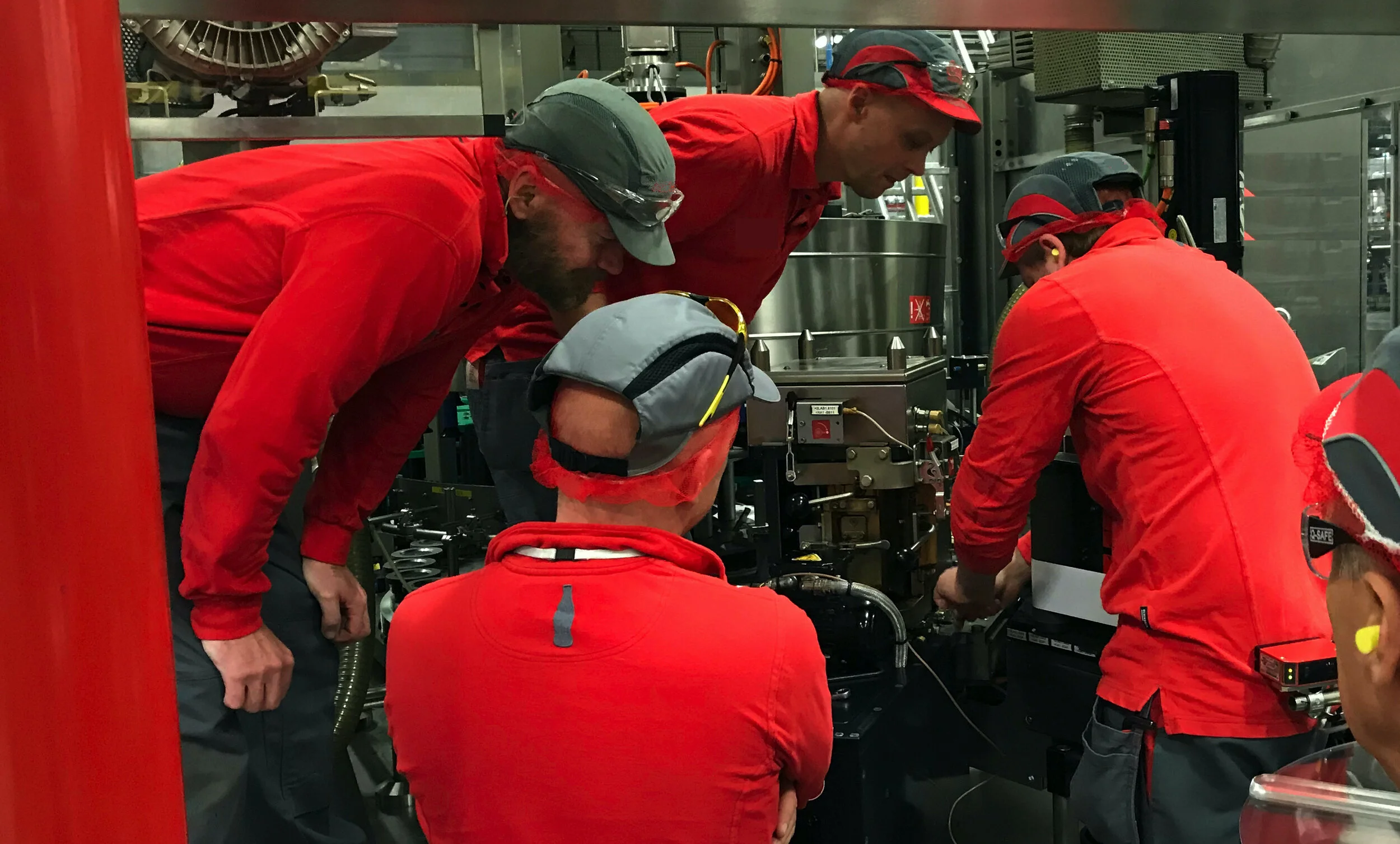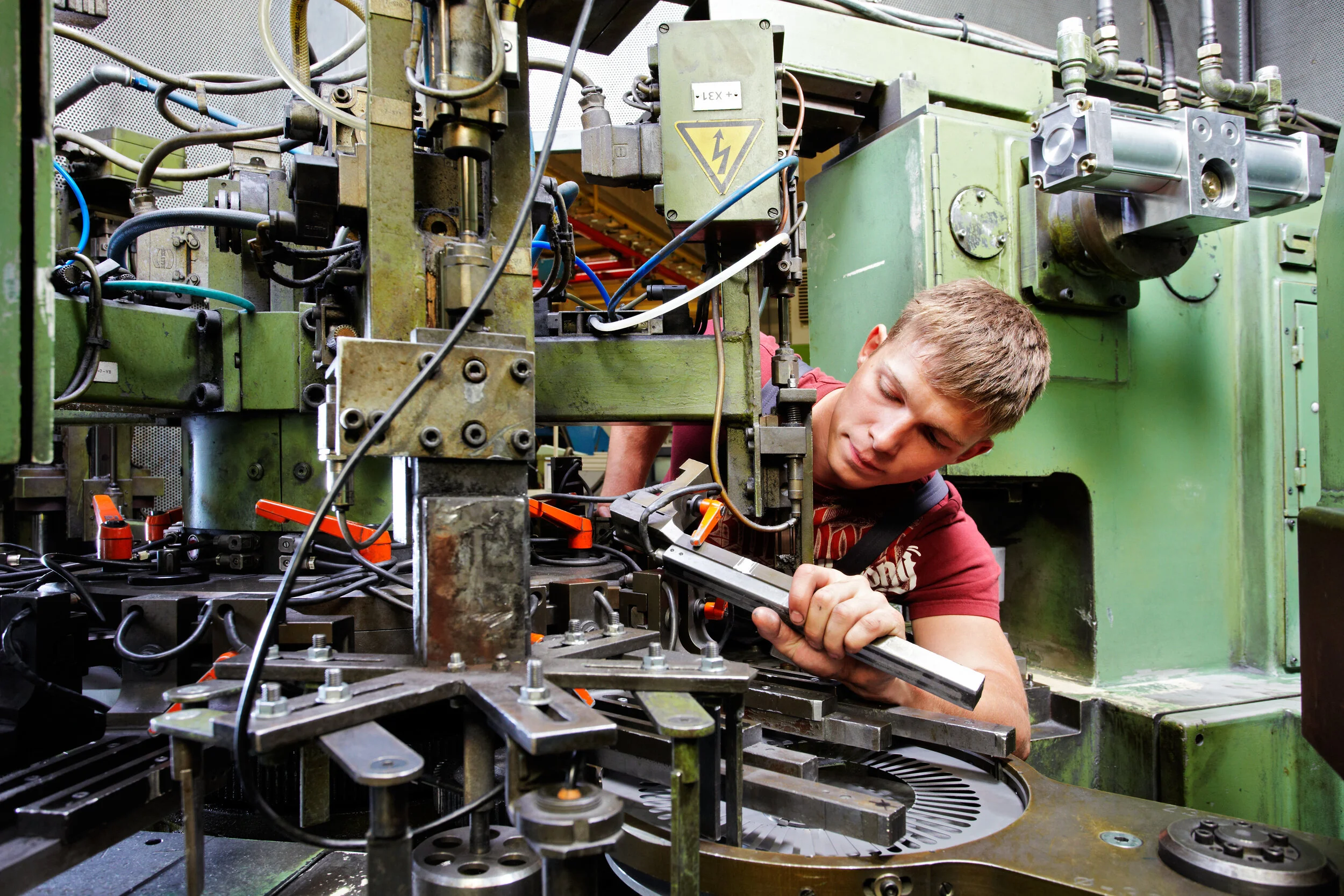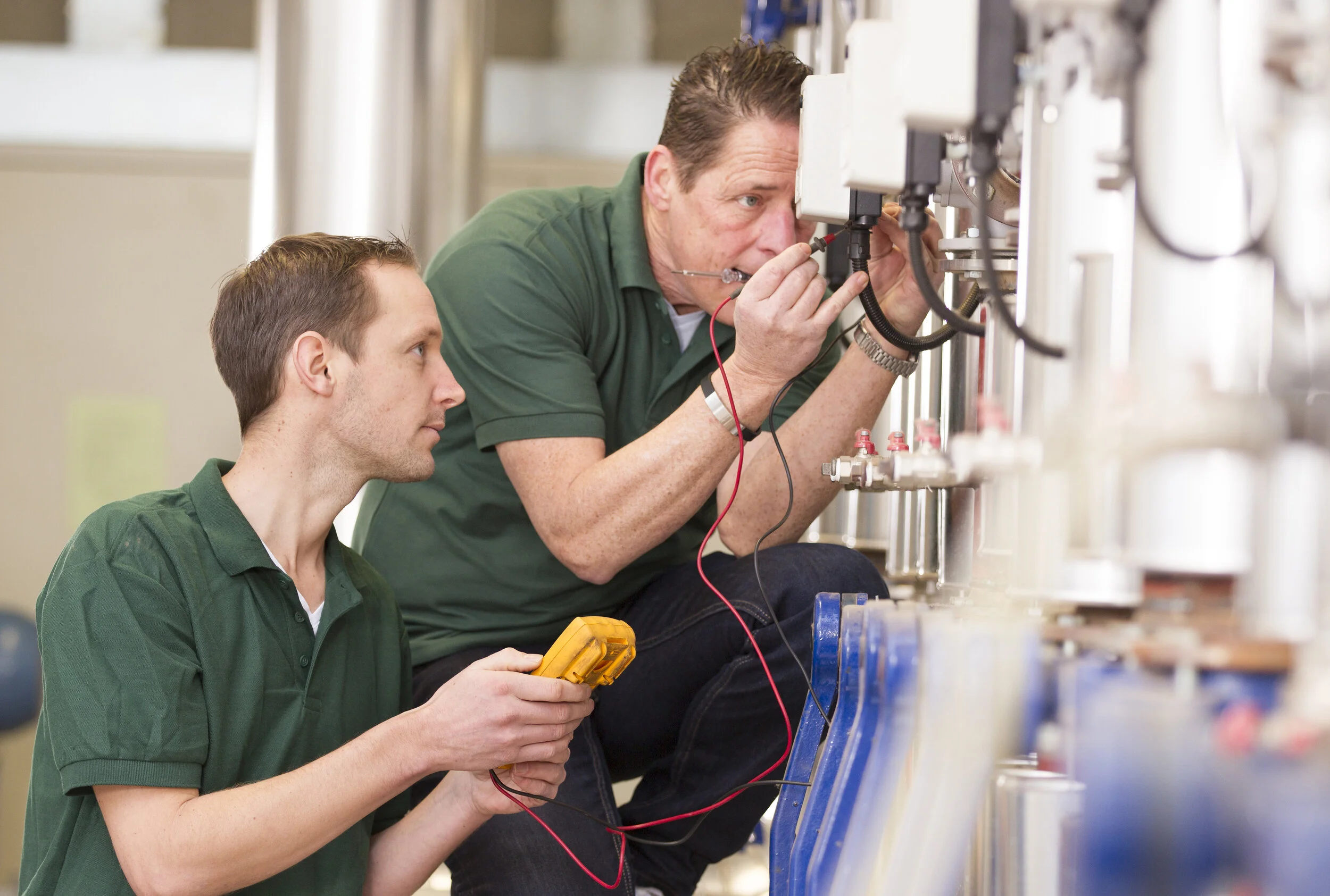HOW TO SOLVE MACHINE PROBLEMS
TOTAL PRODUCTIVE MAINTENANCE
CASE STUDIES ON MACHINE PROBLEM SOLVING IN ACTION
The speed and quality of maintenance response are a key element of line stability and performance. How long it takes maintenance technicians to restore production and the rate at which problems recur after they have been ‘fixed’ determines machine availability and output.
Maintenance technicians typically attend a range of machines. Clearly the machine-specific knowledge and expertise, built over time through experience, is a big factor in each technician’s success. But not all our techs have the same depth of experience across all our machines.
So how can we ensure they consistently provide a quality fix rapidly: not only quickly containing problems, but also improving machine performance by preventing problem recurrence through effective countermeasures?
“Maintenance techs need skill in
quickly containing problems and
preventing their recurrence.”
Like all problem-solvers, our maintenance techs need a structured method they can hold on to when analysing and solving a machine problem, no matter what machine, the problem and or whether they have experienced this particular problem before or not.
How does Machine Problem Solving work? Let’s see how a maintenance tech used the four-step Machine Problem Solving method when responding to a recent machine breakdown.
Step 1: Identify Problem Point
The machine had stopped with the cylinder in its forward position. To continue the sequence, the machine was waiting for a signal confirming the cylinder had reached its forward position, due to a broke mounting clip however the sensor did not produce the signal.
Step 2 - Contain the Problem
As an immediate containment action to get the process running, a cable tie was installed around the broken clip.
Step 3 - Develop the Countermeasure
A the first opportunity during non-production time, the containment action (cable tie) was removed and the clip replaced.
Step 4 - Prevent Recurrence
The new clip was secured correctly and ‘proof’ marks used to confirm clamp security visually – without the need for tools.
What if all your machine problems were fixed this way?
Effective Machine Problem Solving is a powerful driver of line improvement. This skill can be built through Supervisor Academy training and it is easy and quick to apply. So what are you waiting for?
This Machine Problem Solving case study is based on our hands-on training and coaching sessions with Supervisor Academy clients engaged in Total Productive Maintenance (TPM) efforts. It was written by Paul Everitt & Denis Becker


